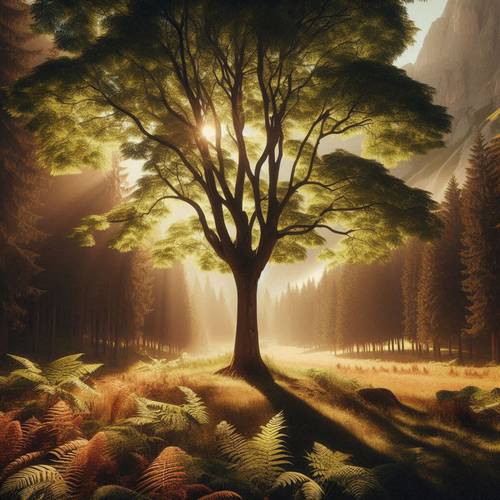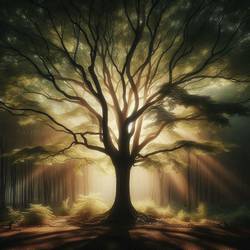Origin and History
The Black Locust tree (Robinia pseudoacacia) is a native of North America, specifically the Appalachian Mountains. It was introduced to Europe in the 17th century and has since naturalized in many parts of the world. Its hardiness and fast growth rate made it a popular choice for reforestation and timber production.
Botanical Characteristics
Black Locust trees are deciduous, meaning they lose their leaves in the fall. They have a distinctive appearance with pinnately compound leaves, consisting of 7 to 19 oval leaflets arranged along a central stem. Their bark is dark gray and deeply furrowed, giving them a rugged look.
Growth Habits and Lifespan
Black Locust are fast-growing, typically reaching heights of 50 to 70 feet with a spread of 30 to 40 feet. They have a strong, deep taproot system that helps them withstand drought conditions. With proper care, they can live for 100 years or more.
Hardiness Zones and Climate
Trees are hardy in USDA zones 4 through 9. They thrive in a wide range of climates, tolerating both heat and cold. They prefer full sun and well-drained soil but can adapt to various conditions.



